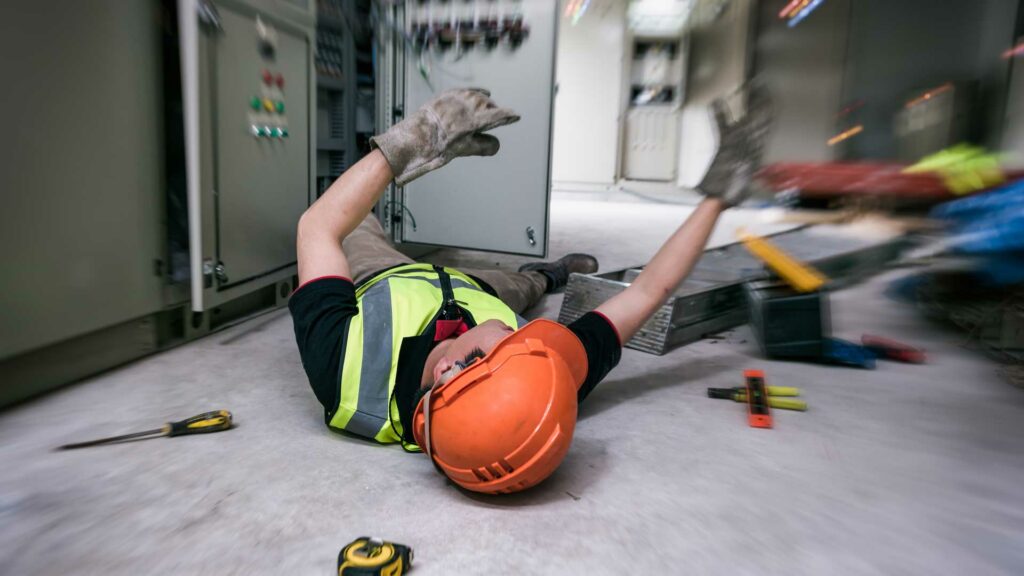What is Total Worker Safety™?
The concept of Total Worker Safety™ (TWS) is a holistic approach to workplace safety that focuses on the health and well-being of the entire workforce, including physical, psychological, and social factors. It goes beyond traditional workplace safety programs, which typically focus on preventing accidents and injuries, to also address issues such as mental health, stress, and worker engagement.
TWS recognizes that employees are a company’s most valuable asset and that their physical, psychological, and social well-being are essential to the success of the organization. It also acknowledges that workplace safety is not just the responsibility of individual employees, but also of employers, who must create a safe and healthy work environment.
To achieve Total Worker Safety™, companies must take a comprehensive approach that includes identifying and mitigating hazards, promoting worker engagement and involvement, providing training and education, addressing mental health and well-being, and fostering a culture of safety. This approach requires a commitment to continuous improvement and a willingness to adapt and change as necessary.
Overall, the concept of Total Worker Safety™ represents a shift in focus from a compliance-driven approach to workplace safety to a more proactive, holistic approach that prioritizes the health and well-being of the entire workforce.
What are the goals necessary for TWS?
To achieve your goals in Total Worker Safety™, there are several steps you can take:
- Identify your goals: Define what you want to achieve with Total Worker Safety™ in your organization. This could be reducing the number of workplace injuries, improving employee morale, or increasing productivity, for example.
- Conduct a risk assessment: Evaluate your workplace to identify potential hazards and risks that could harm your employees. Use this information to develop a plan to address these risks and reduce the likelihood of accidents or injuries.
- Develop a safety culture: Create a culture of safety in your workplace by promoting safe behaviors, encouraging employee engagement and involvement, and providing regular training and education on safety practices.
- Implement safety programs: Implement safety programs that address specific hazards and risks in your workplace, such as ergonomics, fall protection, or electrical safety.
- Monitor and evaluate: Monitor the effectiveness of your safety programs and evaluate their impact on your organization’s goals. Use this information to make improvements and adjustments to your Total Worker Safety™ program as needed.
- Continuously improve: Continuously review and improve your Total Worker Safety™ program to ensure that it remains effective and relevant to your organization’s changing needs and priorities.
Remember, Total Worker Safety™ is an ongoing process, and achieving your goals requires a commitment to continuous improvement and a willingness to adapt and change as necessary.
Can VR training help to achieve Total Worker Safety™?
Virtual Reality (VR) training can be an effective tool to enhance Total Worker Safety™ by providing immersive and engaging training experiences for employees. Here are some ways VR training can help with Total Worker Safety™:
- Simulating Hazardous Situations: VR training can simulate hazardous situations, such as working at heights, working with heavy machinery, or handling hazardous materials. By allowing employees to practice these scenarios in a safe and controlled environment, they can develop the skills and knowledge needed to prevent accidents and injuries.
- Improving Safety Awareness: VR training can improve safety awareness by providing employees with realistic and memorable experiences that highlight the importance of safety procedures and protocols.
- Customizing Training Programs: VR training can be customized to meet the specific needs and challenges of different workplaces. For example, it can be used to train employees on the use of specialized equipment or to simulate emergency response situations.
- Reducing Training Costs: VR training can be more cost-effective than traditional training methods, as it eliminates the need for expensive equipment or the risk of damaging equipment during training.
- Providing Remote Training: VR training can be accessed remotely, which allows employees to receive training in locations that may not have easy access to traditional training programs.
Overall, VR training can provide a safe, engaging, and cost-effective way to enhance Total Worker Safety™ by improving employee skills and knowledge, increasing safety awareness, and customizing training programs to meet the unique needs of different workplaces.


